Get to Know The Amazon
Get to Know The Amazon
This is a feature from Issue 10 of Charitable Traveller. Click to read more from this issue.
What's it all about?
The world’s biggest rainforest, the Amazon occupies 40% of South America, spanning eight countries from the Andes to the Atlantic coast, with the colossal River Amazon flowing through it. It’s home to one of the world’s richest eco-systems and one in ten species on Earth.
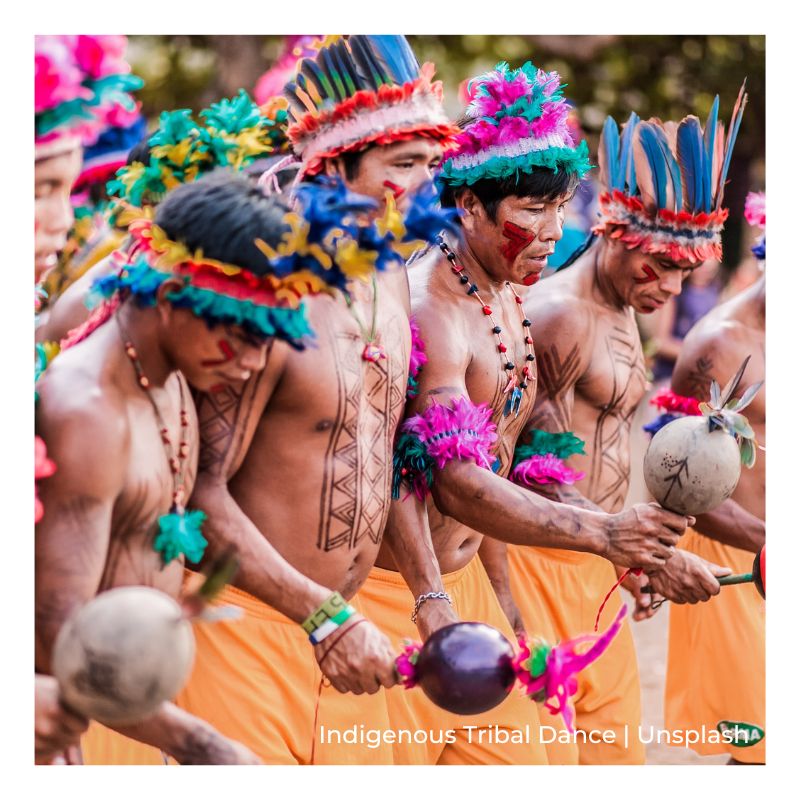
Tribal roots
It’s not just animals and birds that live in the Amazon, this wild jungle is home to more than 40 million people, including about 400 indigenous tribes. The sheer size of the rainforest and its wild nature means tribes developed within isolated areas, so a plethora of unique cultures exist across the region, expressed in things like language, dances, craftwork, and religious rituals. Tours visit villages that are open to tourism and offer the opportunity to learn about and experience the indigenous culture, by sharing their food or searching for medicinal plants, for example.
Hop on a boat
Huge sea-going cruise ships leave from the Amazon’s largest port, Manaus in Brazil, but are limited on how far they go. Smaller ships can follow narrower and shallower tributaries, cause less damage and access more untouched areas, while canoe tours can go deeper still. For luxury cruises, head to Brazil, Ecuador or Peru.
Stay a while
Manaus in Brazil is a bustling city of two million; Iquitos in Peru is the largest city in the world not connected by road, where mud huts mingle with tiled colonial mansions, and in Leticia, Colombia, parrots not pigeons flap around the plazas. These frontier towns are a whisker from the wild and the start point for trips into the jungle.

Famous predators of the Amazon, include the giant anaconda, black caimans - which grow up to six meters long and swallow their prey whole - and the fierce looking harpy eagle, plus a cast of critters of course.
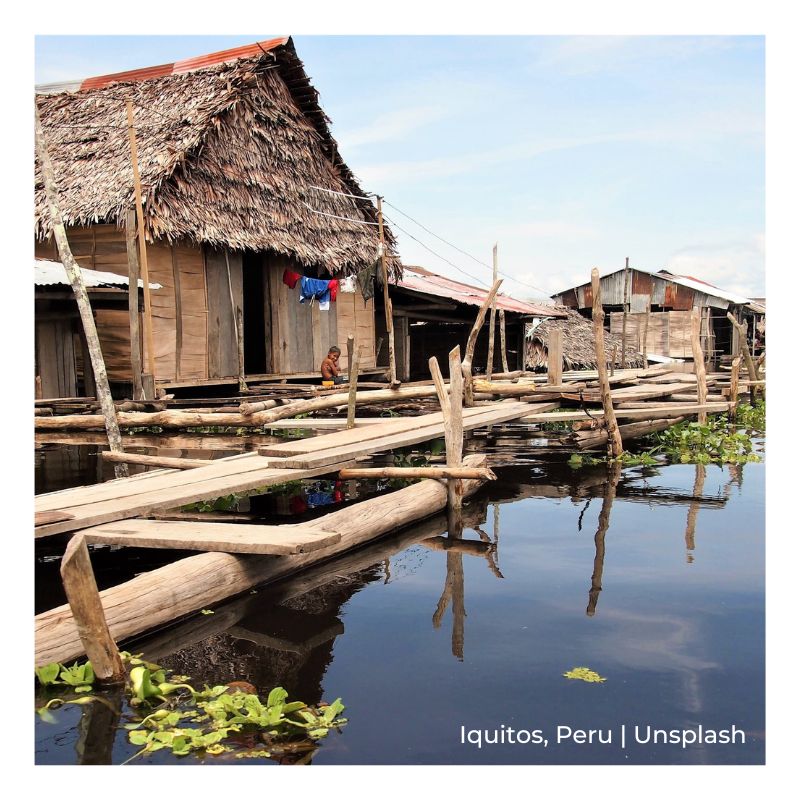
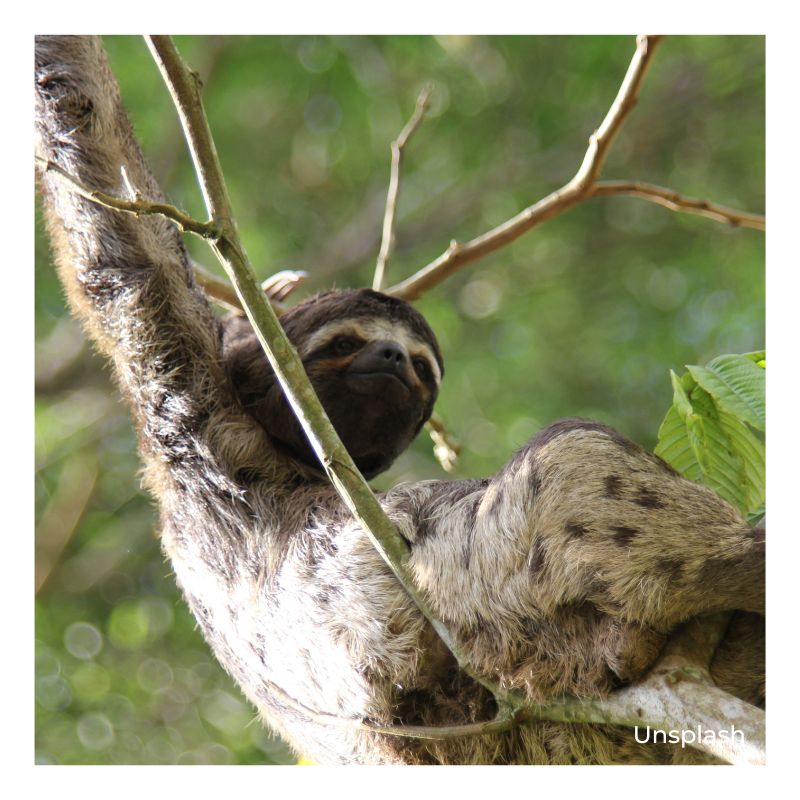
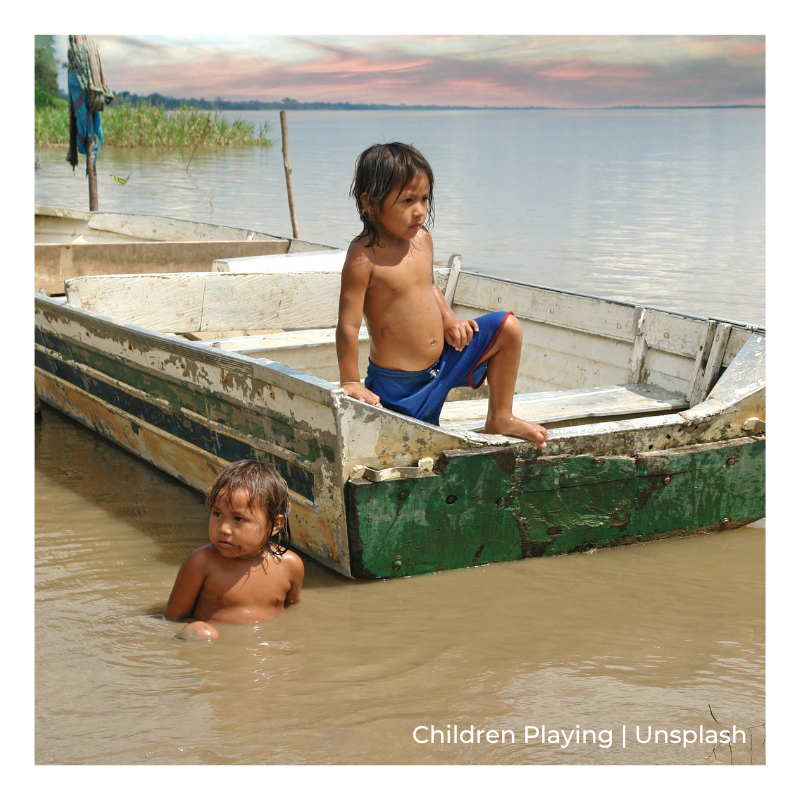
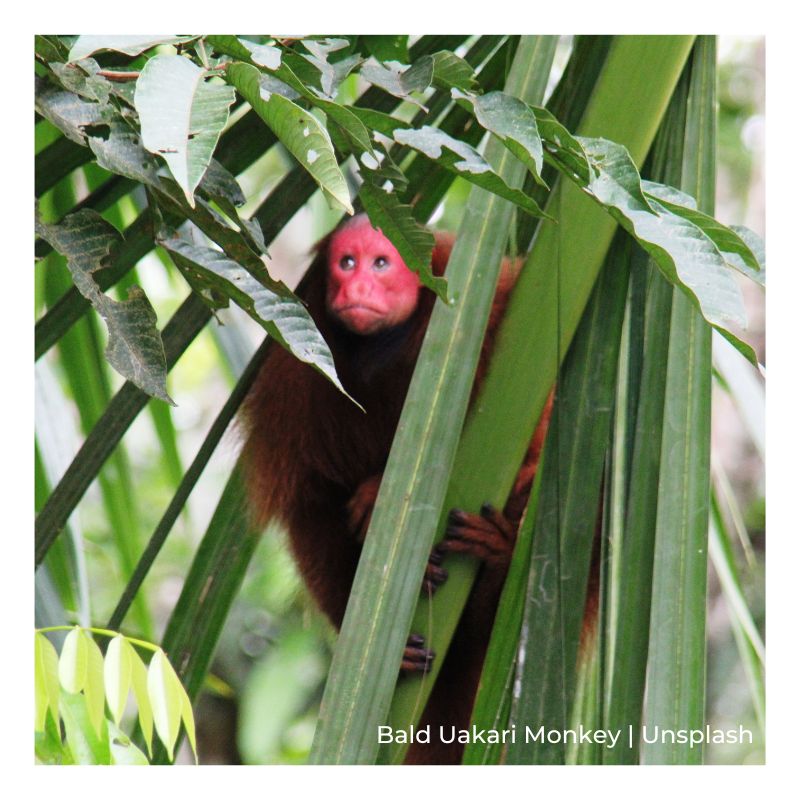
Animal Instincts
You’ll hear the Amazon’s wildlife before you see it, including the metallic rasp of millions of cicadas and melodic birdsong, punctuated by the ear splitting call of the bare-throated bellbird, which sounds like a rusty gate, and the piercing wolf-whistle of the screaming phia. There’s also the mournful groan of howler monkeys, the chattering of poison dart frogs and the shriek of the bulldog bat, which is louder than a rock concert.
The king of the jungle is the jaguar, a muscular and stealthy cat which is extremely elusive. You’re more likely to see giant river otters (up to two metres long) feasting on fish; smiley-faced sloths dangling from trees; snub-nosed capybaras (which look like giant guinea pigs); the vivid flash of flitting macaws; playful pink river dolphins or the droopy-nosed tapir. There are an incredible range of monkey species, including the bearded emperor tamarind, with its resplendent white moustache.
Be responsible
The Amazon is being destroyed at an alarming rate, for logging, or to create farmland, and it’s devastating for the wildlife and people who live there. Tourism offers an alternative income to the people of the Amazon, but it can also be damaging. Stay away from tours which exhibit captive animals or allow selfies with wildlife. Pick lodges and tours which are sensitive to the eco system and respect indigenous people.
Top Spots in the Amazon...
Yasuní National Park, Ecuador
One of the most diverse places on Earth, but home to about 200 species of mammal and 600 of bird!
Pacaya Samiria National Reserve, Peru
This forest area floods every year and is bursting with rare animals like jaguars.
Madidi National Park, Bolivia
Where the Amazon meets the Andes, to spectacular effect.
Mamirauá Reserve, Brazil
A Floating ecolodge helps protect Brazil’s largest area of flooded forest, home to the rare scarlet-faced bald uakari monkey.
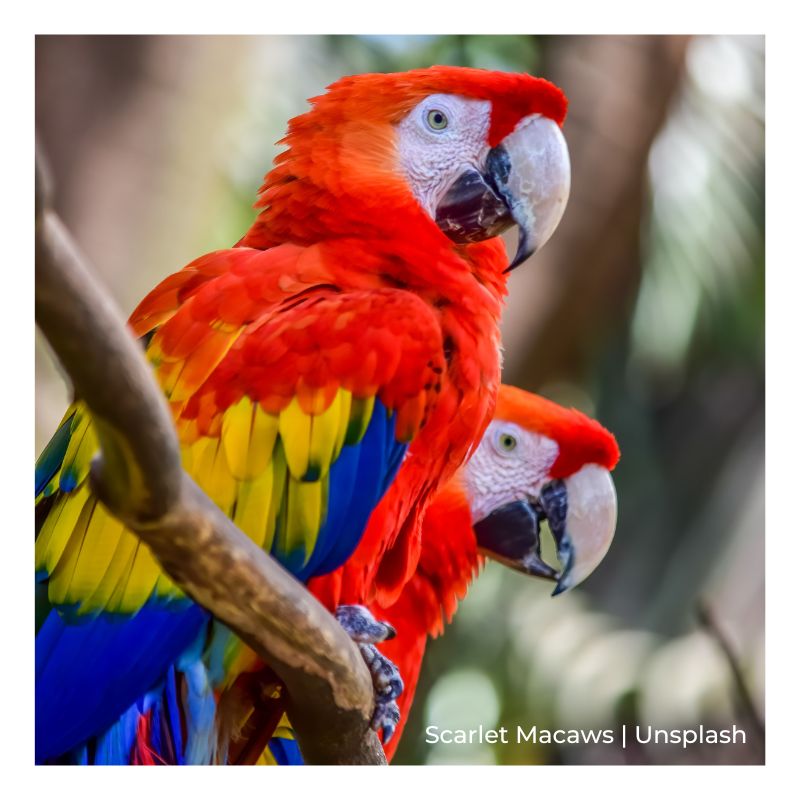
This is a feature from Issue 10 of Charitable Traveller. Click to read more from this issue.

















 by net effect
by net effect